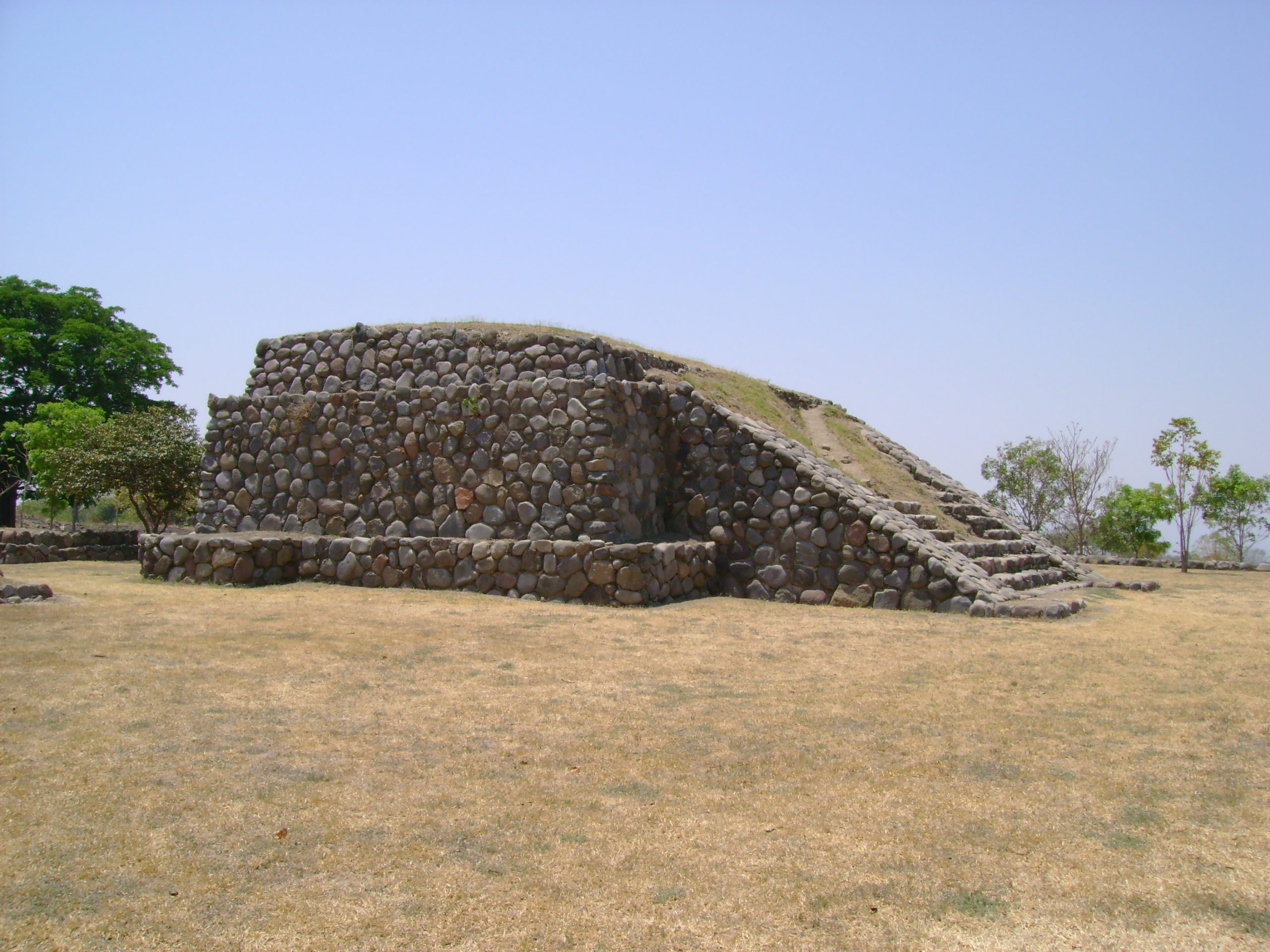El Chanal is an ancient archaeological site located near the city of Colima, Mexico. It is a significant pre-Columbian site that was once inhabited by a complex society. The site features a variety of structures, including pyramids, plazas, and petroglyphs, which provide insights into the cultural and religious practices of its former inhabitants. El Chanal could have been inhabited as early as 1300 BC, but is believed to have reached it’s peak by approximately 1100 to 1400 AD. It is thought to have been an important center for the cultures that thrived in the Western part of Mexico before the Spanish conquest.
Get your dose of History via Email
Historical Background of El Chanal
El Chanal was discovered in the 20th century, although the exact date and discoverer remain unclear. The site is named after a nearby modern settlement. It was built by pre-Columbian societies, possibly related to the Tarascan state or influenced by the Toltecs. The area later saw the presence of Nahua groups. El Chanal was not the scene of any known historically significant events, but it was an important regional center. Its decline and eventual abandonment remain a mystery, but it likely occurred before the Spanish conquest.
Archaeological excavations have revealed that El Chanal was a well-planned urban center. The site’s layout includes ceremonial platforms, ball courts, and residential areas. These structures suggest a society with a complex social hierarchy and a developed political system. The presence of trade goods from distant regions indicates that El Chanal was part of extensive trade networks.
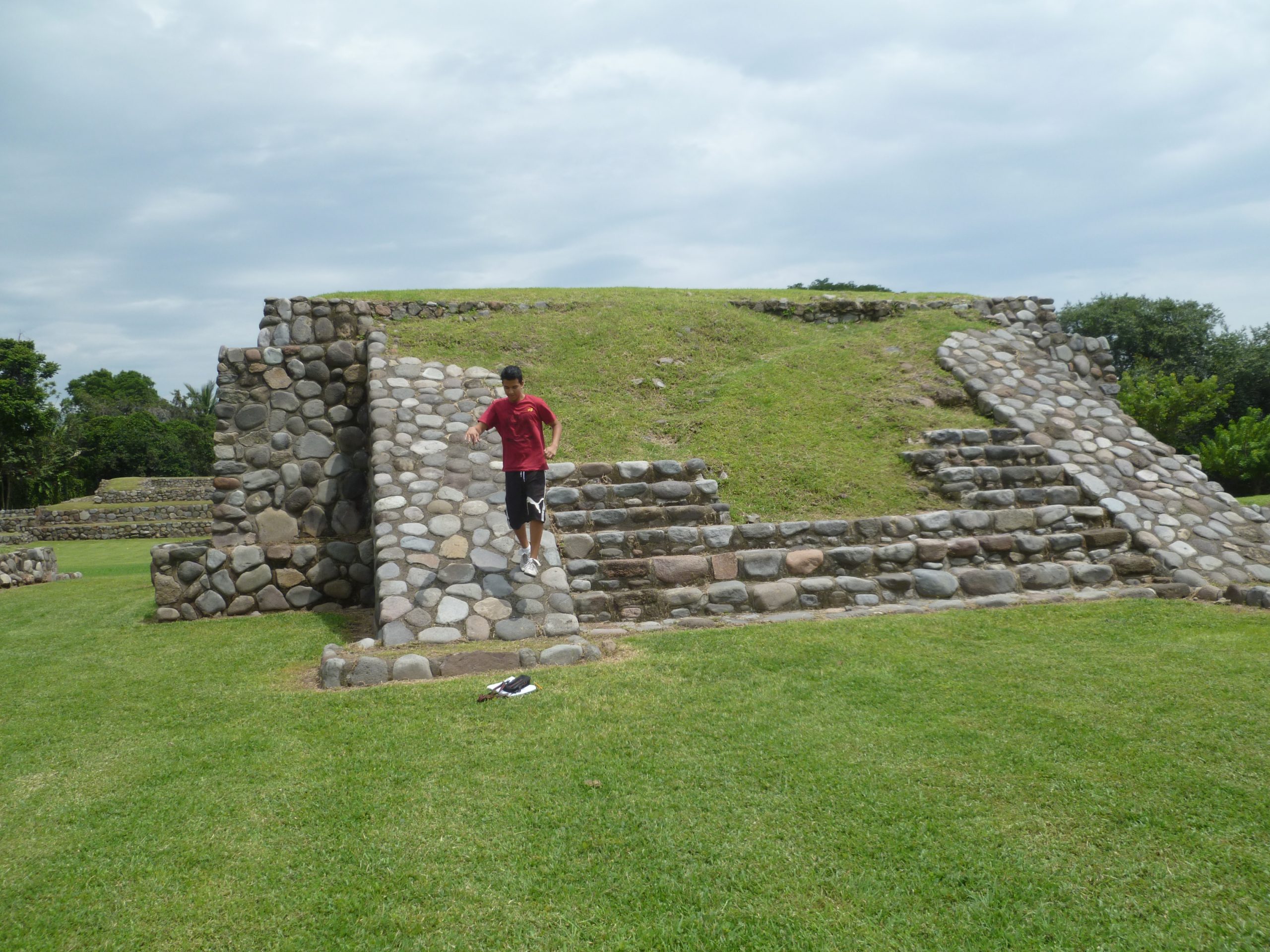
One of the most intriguing aspects of El Chanal is the evidence of cultural and artistic practices. Numerous petroglyphs and murals have been found, depicting deities, animals, and geometric shapes. These artworks provide valuable insights into the religious beliefs and daily life of the inhabitants.
El Chanal’s architecture and artifacts have been instrumental in understanding the post-Classic period in Western Mexico. The site’s structures are made of stone and lime plasters, with some buildings adorned with elaborate decorations. The craftsmanship suggests a high level of skill and knowledge in construction techniques.
Despite its importance, El Chanal is not as well-known as other Mesoamerican sites. However, ongoing research continues to shed light on its significance. The site is open to the public, allowing visitors to explore its ancient wonders and learn about the pre-Columbian history of the region.
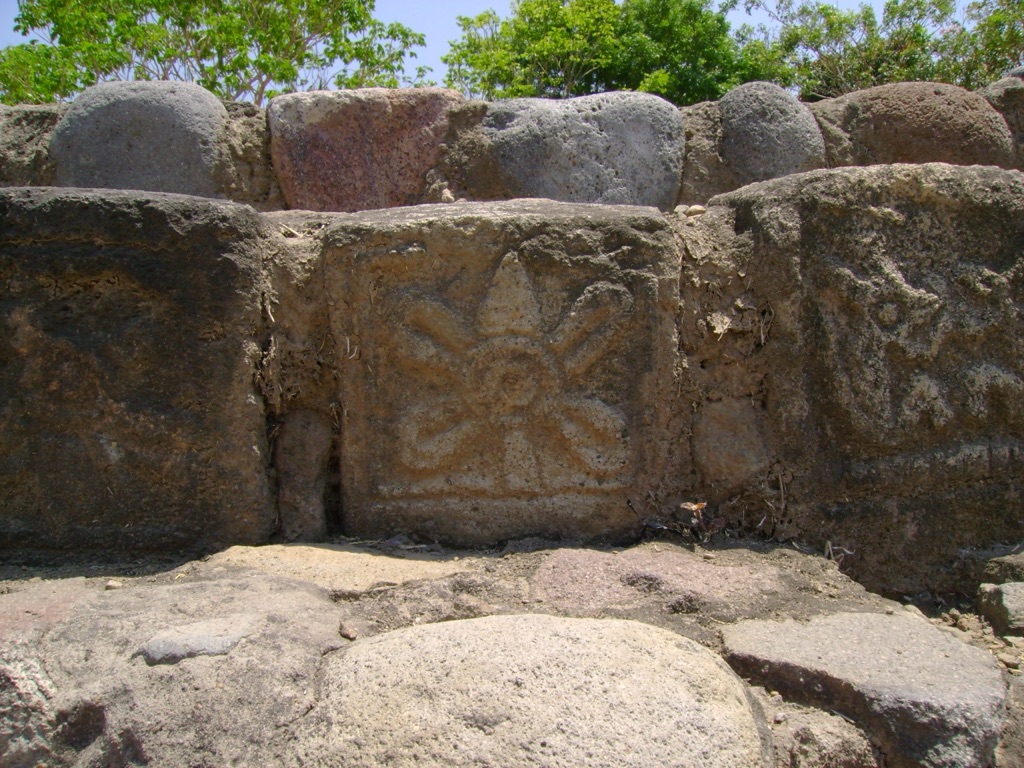
About El Chanal
El Chanal is a testament to the architectural prowess of its builders. The site includes several pyramids, the largest of which is known as the Pyramid of the Water God. This pyramid features a staircase leading to a platform where rituals were likely performed. The construction of these pyramids involved massive stone blocks, which were carefully cut and placed without the use of metal tools.
The site also contains multiple ball courts, indicating the importance of the Mesoamerican ballgame in religious and social life. These courts are characterized by their I-shaped layout and sloped walls, which were used to keep the rubber ball in play during the game.
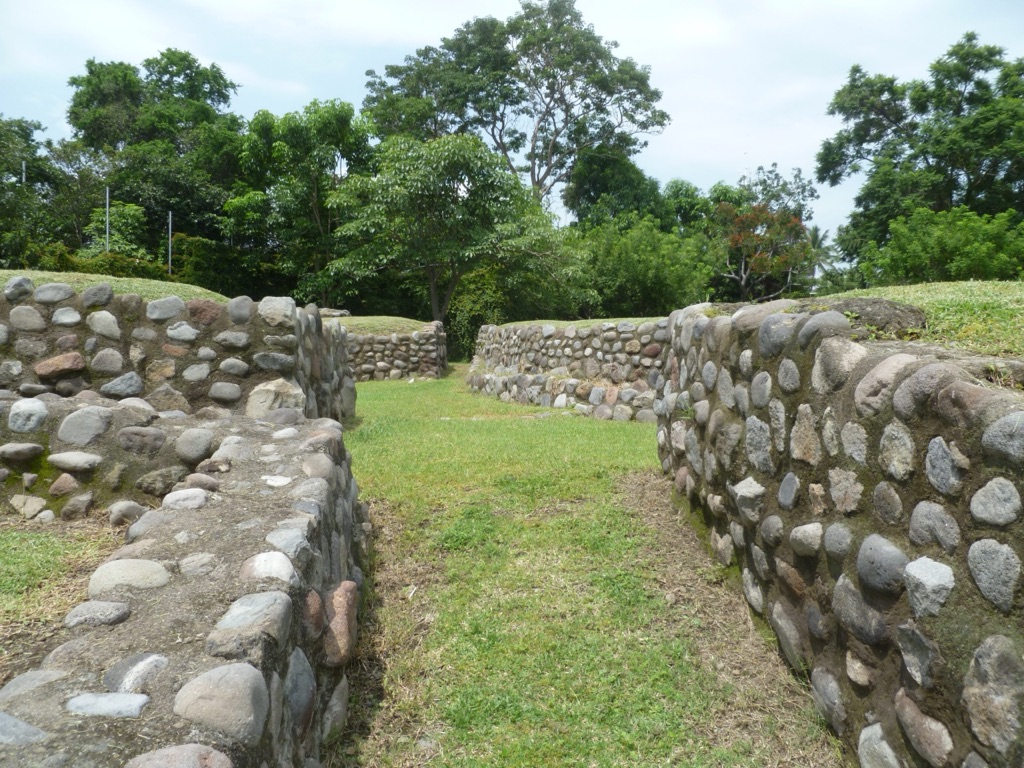
Residential areas at El Chanal are distinguished by their layout, with houses built around central patios. These living spaces were constructed using similar techniques as the ceremonial buildings, with stone foundations and walls covered in plaster.
One of the most striking features of El Chanal is its intricate petroglyphs. These rock carvings depict a variety of subjects, including animals, human figures, and abstract designs. They are believed to have had religious or ceremonial significance and offer a glimpse into the symbolic world of the site’s inhabitants.
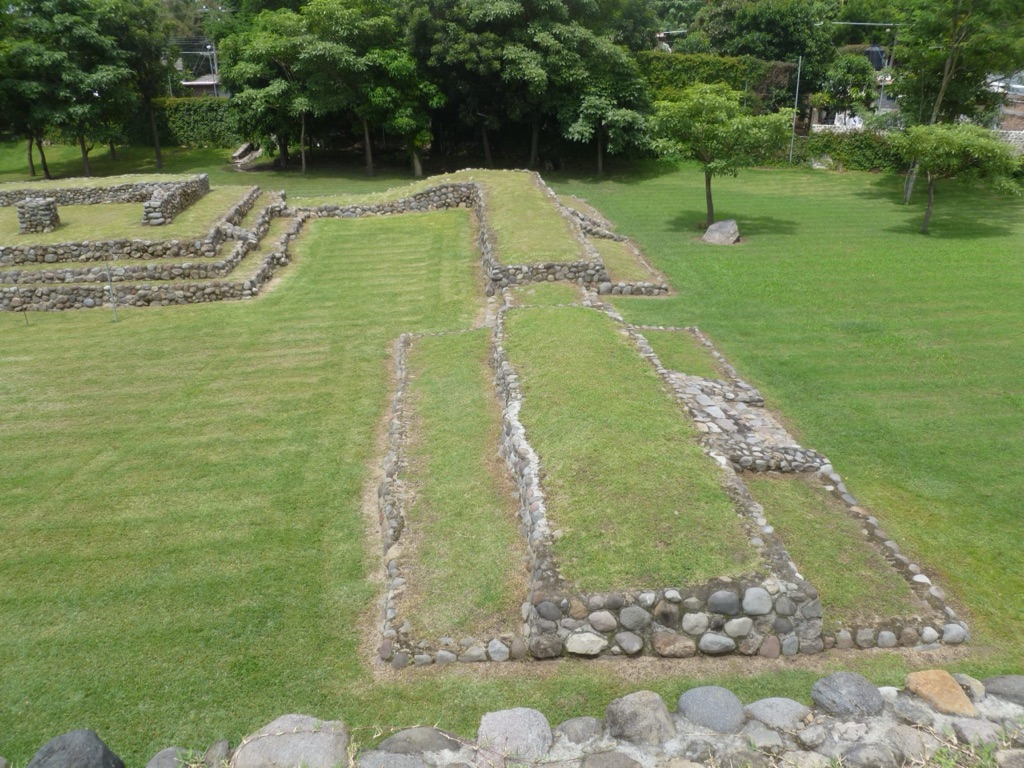
El Chanal’s architectural highlights include altars, plazas, and a network of causeways. These features suggest that the site was designed for both ceremonial functions and everyday activities. The careful planning and execution of these structures reflect a society with advanced knowledge of engineering and urban design.
Theories and Interpretations
Several theories exist about the purpose and significance of El Chanal. Some researchers believe it was a religious center, as evidenced by the numerous ceremonial structures and petroglyphs. The site’s layout and the presence of ball courts also suggest it was a social and political hub.
There are mysteries surrounding El Chanal, particularly regarding the identity of its builders. While some attributes of the site align with known Mesoamerican cultures, there are unique features that do not fit neatly into established categories. This has led to debates among scholars about the cultural influences present at El Chanal.
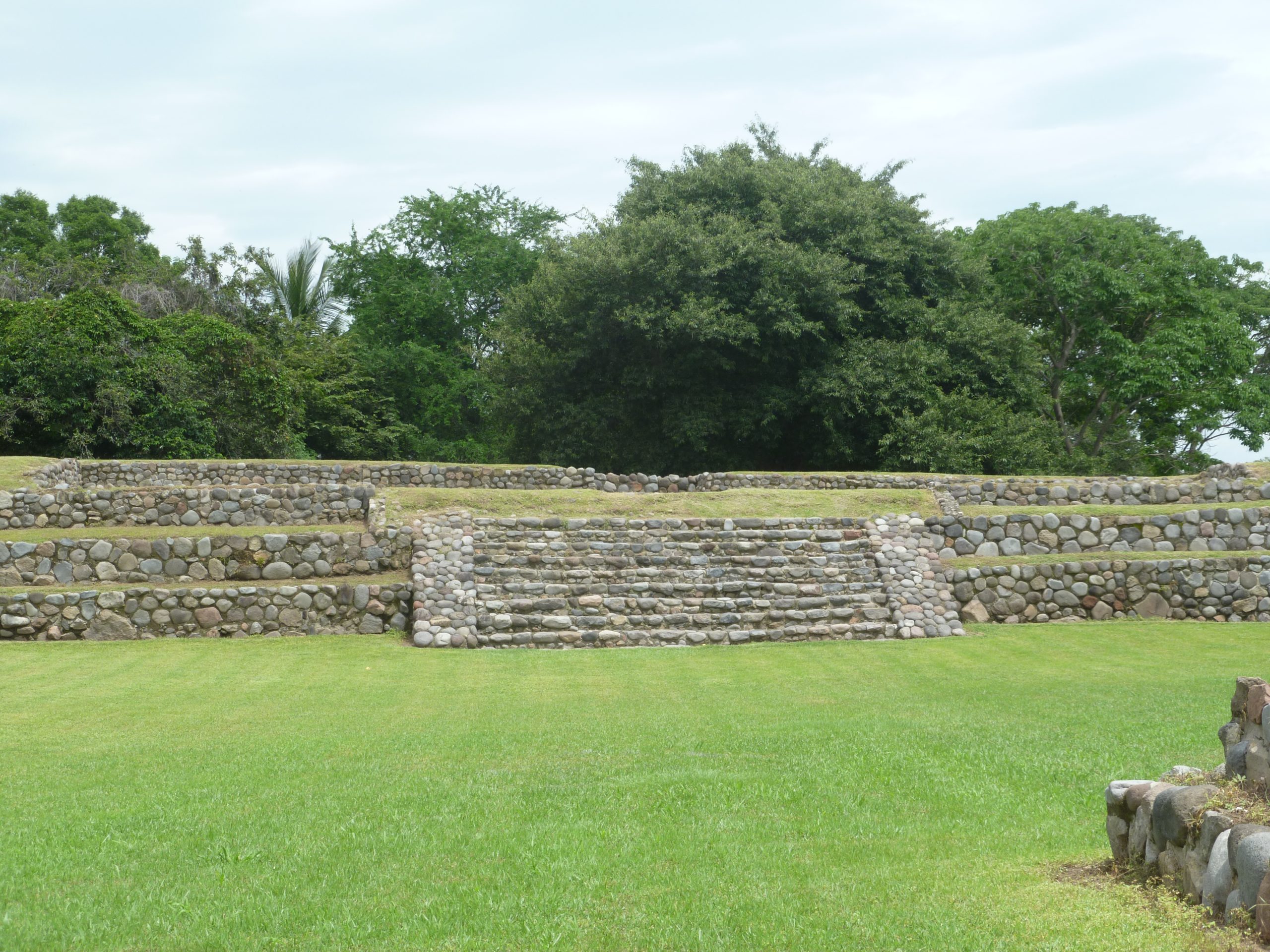
Interpretations of the petroglyphs and murals at El Chanal have been matched to historical records and mythologies of Mesoamerican cultures. These interpretations, however, are not definitive and continue to be the subject of scholarly research.
Dating of the site has been carried out using methods such as stratigraphy and ceramic analysis. These techniques have helped establish the timeline of occupation and the chronological relationship of El Chanal to other Mesoamerican sites.

Despite the research conducted, El Chanal remains an enigmatic site. Its full story is yet to be uncovered, and each discovery adds a piece to the puzzle of this ancient civilization’s history.
At a glance
Country: Mexico
Civilization: Pre-Columbian societies, possibly related to the Tarascan state or influenced by the Toltecs
Age: Occupied from approximately 1100 to 1400 AD
Conclusion and Sources
Reputable sources used in creating this article include:
- Wikipedia: https://en.wikipedia.org/wiki/El_Chanal

